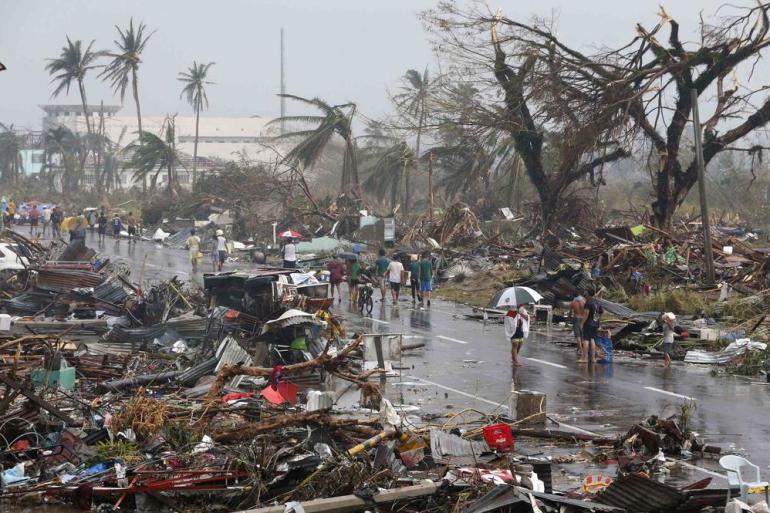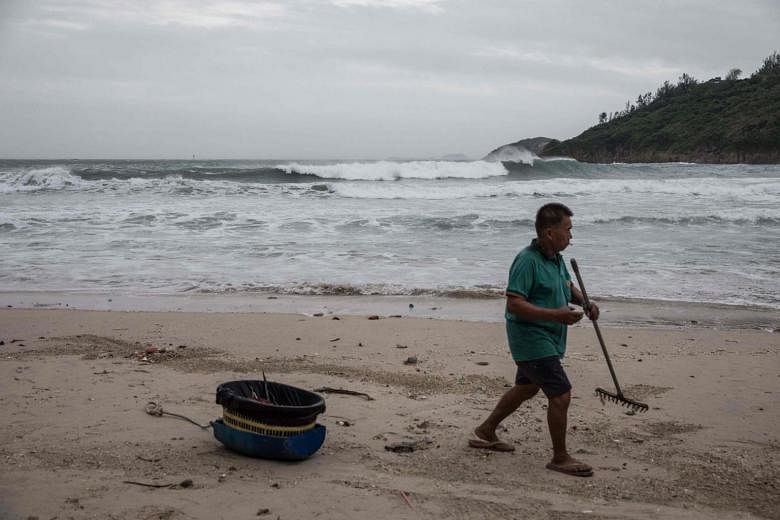Aftermath of Typhoon Khanun: Emergency Declared in Parts of Russia’s Far East

Aftermath of Typhoon Khanun: Emergency Declared in Parts of Russia’s Far East
The aftermath of Typhoon Khanun has brought about significant challenges in the Russian Far East, prompting authorities to declare a state of emergency in nine municipalities. The typhoon, which initially battered Japan, resulted in heavy downpours that caused flooding in various villages across the region. This situation has led to widespread concerns about the safety and well-being of the affected residents, as well as the infrastructure and properties that have been impacted.
The declaration of a state of emergency is a proactive response to address the immediate needs of the affected areas. This measure allows local and regional authorities to mobilize resources, coordinate emergency response efforts, and provide essential support to the communities facing the brunt of the flooding. The primary objective is to ensure the safety of residents, provide assistance to those affected, and minimize the damage caused by the flooding.
Such natural disasters highlight the importance of preparedness and timely response. As climate-related events continue to impact various regions around the world, including those not traditionally prone to such occurrences, it underscores the need for proactive measures and international cooperation to address the challenges posed by extreme weather events.

After wreaking havoc in southern Japan, Typhoon Khanun underwent a weakening phase and transitioned into a tropical depression as it moved into North Korea on Friday, crossing the border from South Korea. The transformation from a powerful typhoon to a less intense tropical depression typically signifies a decrease in wind speeds and overall strength of the storm.
This change in intensity could bring some relief to the affected areas, as the destructive potential of a typhoon diminishes when it weakens into a tropical depression. However, heavy rainfall and potential flooding can still pose risks to regions in the storm’s path, even in its weakened state. It’s essential for authorities and residents to remain vigilant and take necessary precautions to mitigate the impacts of the continued rainfall and potential flooding caused by the tropical depression.
The Russian Far East, located in the easternmost part of Russia and the Asian continent, has experienced severe consequences due to the heavy downpours brought by Typhoon Khanun. As of Saturday morning, the situation has escalated, with 32 settlements isolated due to flooding. Additionally, a significant number of residential houses, totaling 543, have been flooded, exacerbating the challenges faced by the local communities.

Moreover, the flooding has also impacted the region’s infrastructure, causing extensive damage to road networks. Large stretches of roads have been submerged, making transportation and communication difficult for the affected areas. The flooding’s widespread impact underscores the urgent need for emergency response and support to aid the affected communities in this challenging situation.
Emergency services in the Russian Far East have taken action to address the dire situation caused by the flooding. As per reports from RIA, a state of emergency has been declared in nine municipalities within Primorye, a significant region in the Russian Far East. This area encompasses the administrative center of Vladivostok, a major port city.
The declaration of a state of emergency reflects the severity of the situation, acknowledging the urgent need for resources, assistance, and coordinated efforts to mitigate the impacts of the flooding. With the flooding affecting numerous settlements and vital infrastructure, the authorities are likely mobilizing resources to provide relief, restore normalcy, and ensure the safety of the affected population.
The breach of the dam in Ussuriysk is a critical development that could exacerbate the flooding situation in the area. Dams are constructed to regulate water levels and prevent flooding, so when a dam is breached, it can lead to rapid and uncontrolled flooding of nearby areas. The exact cause of the breach and the extent of the flooding it has caused remain unclear, but it underscores the severity of the flooding crisis in the Russian Far East.

Local authorities and emergency services are likely to be working urgently to assess the situation, provide assistance to affected residents, and take measures to address the breach and mitigate further flooding. The breached dam adds to the challenges posed by the heavy rainfall and flooding caused by Typhoon Khanun, highlighting the need for coordinated efforts to manage the crisis and ensure the safety and well-being of the affected communities.
The prospect of receiving double the usual monthly rainfall in some areas of the region this week adds a concerning dimension to the ongoing flooding situation. Experiencing such a significant increase in rainfall could further exacerbate the already saturated ground, lead to more flash flooding, and potentially overwhelm drainage systems and rivers that are already swollen due to the previous heavy rains.
The combination of the breached dam, the current flooding, and the forecasted additional rainfall paints a challenging picture for the affected communities and the authorities tasked with managing the crisis. Adequate disaster preparedness and response measures will be crucial in order to minimize the impact on residents, infrastructure, and property. Local authorities, emergency services, and relief organizations may need to be on high alert and ready to respond effectively to the evolving situation to ensure the safety and well-being of those in the affected areas.





